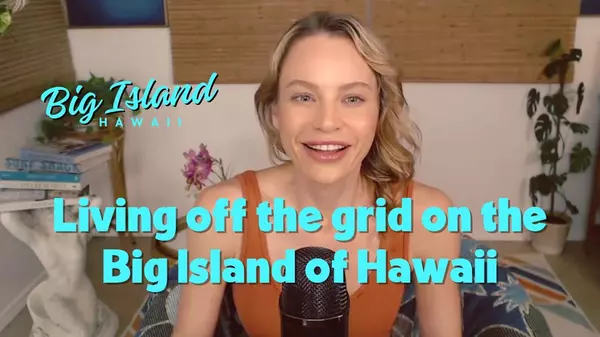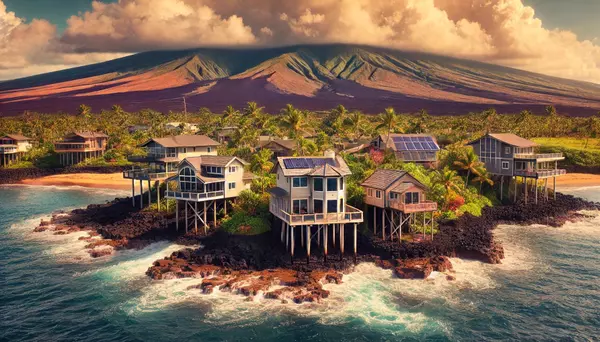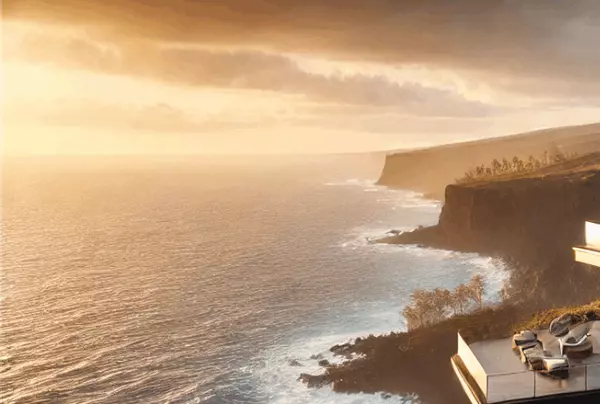
First, let's get you ready.
The first step is connecting you with local mortgage lenders on the Big Island. Rather than sending you to just anyone, we want to help to ensure you find the best possible match.
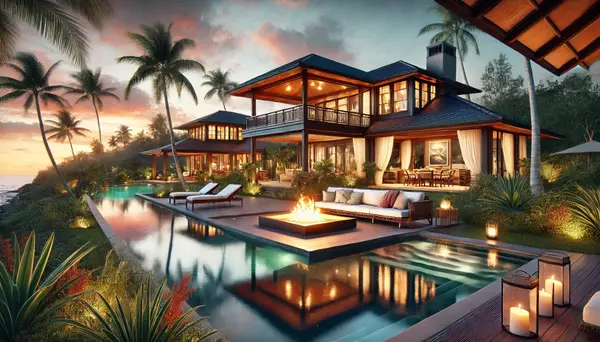
Let's meet virtually.
Get on our calendar to meet over video chat and get your questions answered.
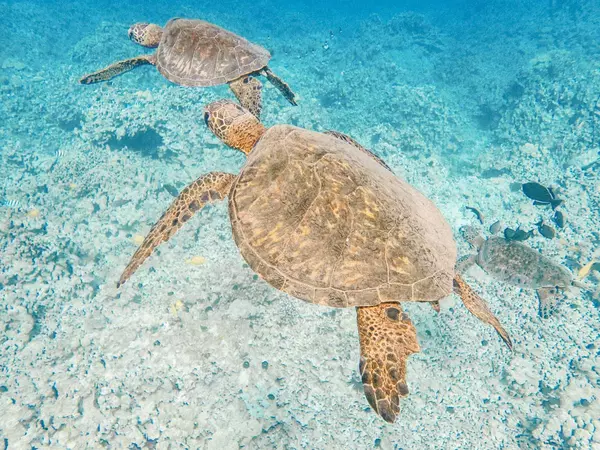
Home tours, on your time.
When you work with our team, you take priority. We'll ensure you can visit properties promptly while you benefit from our honest feedback and expert insights. Thanks to our extensive network, we often have access to exclusive homes not yet listed on the market.
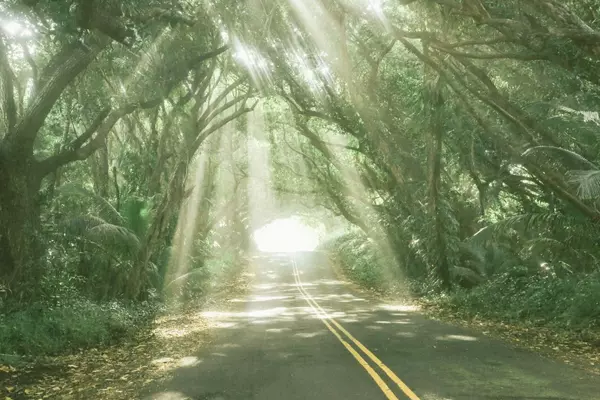
Create a winning offer.
When you find the perfect home, we'll tirelessly gather all the necessary data to help you craft an irresistible offer. On the Big Island, we build and foster strong alliances. Our positive relationships with other agents provide our clients with a significant advantage, making it hard for sellers to say no.

